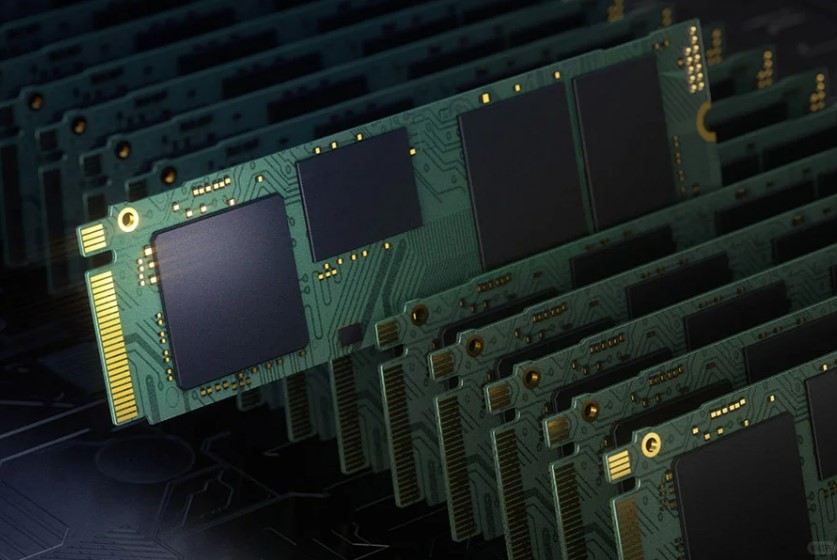According to a June 10 report by market research firm Omdia, the market size of QLC NAND is expected to grow by 85% this year from last year, and its share of the entire NAND flash memory market will grow from 12.9% last year to 20.7% this year, an increase of nearly 8 percentage points.
Omdia predicts that QLC NAND will account for 46.4% of the overall NAND market by 2027, and is expected to more than double its share in just three years, approaching the current market dominance of TLC products with a 51% share.
QLC NAND, or Four-Layer Cell NAND Flash, can store 4 bits of data per memory cell, which provides higher storage density and lower cost than TLC (Triple Cell) and MLC (Two-Layer Cell) NAND. However, QLC NAND presents some challenges in terms of write speed and endurance, which need to be addressed through advanced error correction algorithms and wear leveling techniques.
QLC technology allows each cell to store 4 bits, while TLC is 3 bits, MLC and SLC are 2 and 1 bit, respectively. This means that QLC NAND can significantly increase storage capacity compared to other NAND types. As a result, QLC NAND is a great fit for the needs of large technology companies, offering faster read speeds, higher storage density per unit area, and lower power consumption compared to traditional hard disk drives (HDDs). While QLC NAND has long had the disadvantage of shorter-lived and slower write speeds, these drawbacks have been offset by the gradual shift to read-intensive workloads in data centers.
Previously, several semiconductor companies, including Samsung Electronics and SK hynix, are actively promoting the development of QLC NAND technology and exploring its application in AI servers and other high-performance computing devices. SK hynix, through its subsidiary Solidigm, has launched QLC SSDs with capacities of up to 60TB and is preparing to launch 300TB in 2025 to meet AI-oriented needs.

Figure:Will QLC NAND be the next HBM?
NAND manufacturers are also responding quickly to the surge in demand for QLC NAND. The industry is optimistic that the "NAND spring" may come more violently than expected. Like last year's HBM growth based on AI demand, the NAND market is likely to experience a similar long-term market pattern.
At present, the price gap between SSDs and HDDs is also rapidly narrowing, and the price gap per unit capacity has decreased from 20 times in 2015 to about 10 times today. The industry expects that SK hynix's NAND subsidiary, Solidigm, is expected to benefit greatly, with 60% of Solidigm's total production being QLC NAND by the end of 2023, and although Micron's market share reached 40.1%, higher than Solidigm's 21.1%, Micron's products are mainly concentrated in the consumer sector.
The Korean industry expects that the supply of high value-added QLC NAND for AI servers is likely to be led by Solidigm and Samsung, which plans to mass-produce the ninth-generation 280-layer QLC NAND in the second half of this year.
While QLC NAND may not yet reach HBM's level in terms of performance and application range, its potential in the AI-driven storage market cannot be overlooked. With the continuous advancement of technology and the growth of market demand, QLC NAND is expected to occupy a more important position in the storage market.






